Test equipment like an oscilloscope usually connects its probe grounds to its mains earth, for electrical safety and to ground the probe's cable shield to reduce the noise picked up by the measurement.
With a differential probe, neither of the two differential inputs is grounded and the probe has a max' differential input voltage range. However, the differential input circuit of the probe will have a 0 V rail and the probe will have a max' voltage for each differential input to this rail.
It is this input circuit 0 V rail that is connected to ground in a non-isolated probe and not in an isolated probe.
An isolated probe has isolation coupling (a silicon isolator IC or, in the past, a transformer) between its differential input circuit and the test equipment making the measurement. This removes (or greatly reduces) any effect of ground loops between the test equipment and circuit under test and allows a much higher max. voltage between either probe input and ground.
So the non-isolated probe is used where the test equipment can share a common ground connection with the circuit/equipment under test. And an isolated probe is used when the two cannot share a common ground for the reasons above. Because of the need for precision isolation circuitry, the cost of the isolated probe is usually higher.

